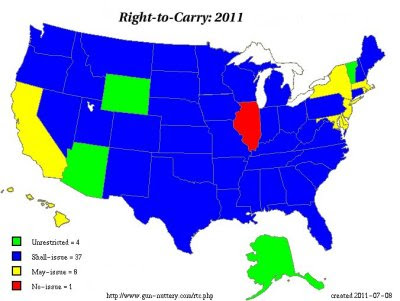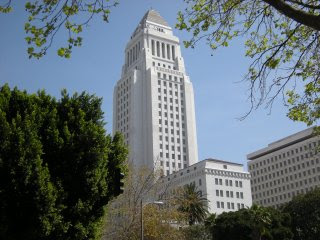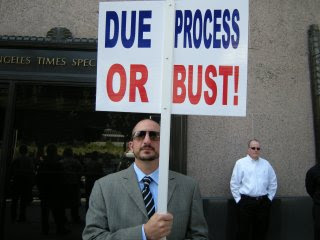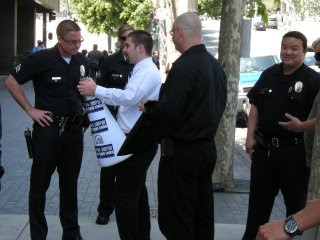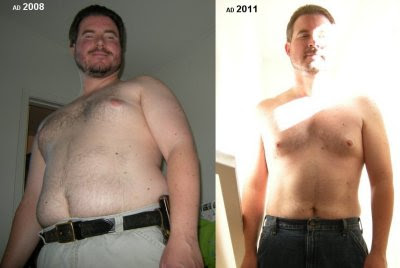
So … I’ve been fat for a very long time. However, if the scale, the comments, and the new clothes in my closet are to be believed, I am much less so today. In a little more than a year’s time, I’ve shed at least 50 lbs., going from medically obese to merely chubby. Indeed, a neighbor recently called me “the incredible shrinking man.”
Most people embark on a weight-loss regimen for some combination of health and vanity. In my case, it was almost all about my health, since absent thousands of dollars in cosmetic surgery, I still won’t be turning any heads. I was also just tired of being fat. I was tired of my own body getting in my way, tired of always feeling hot, and tired of the annoying aches and pains that attended carrying dozens of extra pounds on my back for decades on end.
How did I get here? I may have inherited a metabolism bred to survive northern European winters 10,000 years ago, but I live in the land of plenty that is southern California in the 21st century
A.D. I like to eat (and drink), so I gained weight easily and steadily for many years. Cutting out junk food such as candy bars and soda pop slowed the process but never stopped it.
From time to time, I would make efforts toward diet and exercise. I would find some limited success, but eventually life would intervene. I would lose my opportunity for regular exercise, and gradually my caloric intake would creep up again. Nevertheless, this ill-fated methodology still helped me back away from my heaviest weight and keep those pounds off for several years.
As my 40th birthday approached, I wanted to do better for all the reasons mentioned earlier. I also knew that I had to try something different, or I would surely face the same failures as I had before.
First, I finally rejected the notion that I would ever “find enough time” to exercise. Obviously, if I spent four to six hours in the gym or walked 10 miles every day, I could be lean and fit, but I already didn’t have enough time to do the things I
wanted to do. Second, I accepted the fact that I needed very little food to survive. For my office-worker lifestyle, a few bites here and there should be sufficient. In fact, to lose weight, I would have to eat even less than that meager amount.
So I reduced my consumption rather drastically. I started eating a third to a quarter of the amount of food I used to, replacing several meals per week with just fruits and vegetables. I also curtailed the alcoholic beverages that had snuck into my diet in place of soda pop. Even allowing myself the occasional indulgence, I slowly but surely began to make progress, usually dropping two or three pounds per month.
The process wasn’t easy or painless or without setbacks. I had to watch my leaner co-workers consuming buckets of tasty food at lunch, while contenting myself with a piece of fruit, a small salad, or a few spoonfuls of some leftover dinner. I had to ignore the gnawing hunger that gripped me at various times throughout the day. I had to reverse my tendency to fret about having too little food and worry instead about eating too much. Otherwise, a single big sushi weekend could erase two or three weeks of progress.
Fortunately, things have gotten easier. As the weight has come off, my appetite has gradually declined. This has made it easier for me to eat less and to further limit my indulgences, accelerating my downward progress in recent months. Measurable results have also helped to strengthen my resolve.
I’m now scarcely 10 lbs. away from my preliminary goal, a weight I haven’t seen since I was about 16 years old. I was already fat then, so I’m prepared to discover that I’ll still have 10 or 15 lbs. more to go after that.
I suppose the moral of my story is that these goals are obtainable without fad diets or inordinate amounts of exercise.
Please forgive my photograph. I wouldn’t normally post something so unpleasant, but it illustrates the progress I have made … and still have to make. It was either that or a dramatization starring George Clooney.
